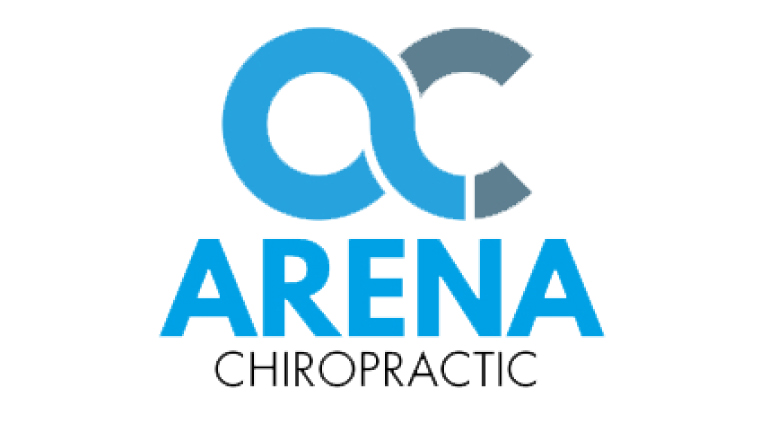All of us have thought, at one point or another, and possibly more than once, “I wish I knew then what I know now.” It’s been famously said that “hindsight is 20/20”. Our clarity of thought with respect to what we should have done is frequently much more acute than was our thinking in those past irretrievable moments. However, some things are capable of being put right to a substantial degree. We cannot go back in time, but we can take steps in the present to redress certain relative failures of ours, specifically those regarding healthy lifestyle choices.
Of course, we don’t get a “do-over” regarding the past 10, 20, or 30 years of relative neglect. But the very good news is that it’s not too late to get back on track and obtain higher overall levels of health and well-being. It’s not too late to begin making healthy lifestyle decisions that will provide a lifetime of benefit. Starting now, by taking action in the areas of regular exercise, a nutritious diet, and getting sufficient rest, you can obtain substantial across-the-board improvement in your health.1,2
How is it possible to gain such improvement, despite however many years of lack of attention to regular exercise and unhealthy eating? The answers lie in the dynamic nature of human physiology and the complexity of its internal feedback structures. One such dynamic process is the adaptive response to mechanical stress. For example, Wolff’s law states that bones remodel along lines of physiological stress. Exercise causes long bones and the bones of your pelvis to bear increased physiological loads during relatively short intervals. In turn, these load-bearing bones are stimulated to build new bone. Your bones become structurally stronger in response to physiological work. Similarly, large muscle groups such as the quadriceps, hamstrings, calves, pectorals, and latissimus dorsi are stimulated to increase their mass and bulk. Regular, vigorous exercise causes growth of additional muscular tissue and development of new networks of blood vessels to supply these muscles with necessary oxygen and nutrients. In addition to your musculoskeletal system becoming stronger, leaner, and more efficient, your heart and lungs develop increased capacity and become more resilient. Physiological dynamic responses are also engaged when you shift your dietary habits toward a healthy regime. No matter your current condition and circumstances, by engaging in regular, vigorous exercise and healthy eating habits you will dramatically improve your levels of fitness, health, and well-being.3
Looking back with regret as what has occurred will not help us achieve what we want to achieve in the here and now. We can apply 20/20 vision to our present choices and choose healthy lifestyle behaviors now and into the future. The beneficiaries include our families, our friends, and ourselves.
1Schnohr P, et al: Dose of jogging and long-term mortality: the Copenhagen City Heart Study. J Am Coll Cardiol 65(5)411:419, 2015
2 Watson K, Baar K: mTOR and the health benefits of exercise. Semin Cell Dev Biol 36:130-9, 2014
3Kelley GA, et al: Effects of exercise on depression in adults with arthritis: a systematic review with meta-analysis of randomized controlled trials. Arthritis Res Ther 17(1):21, 2015




